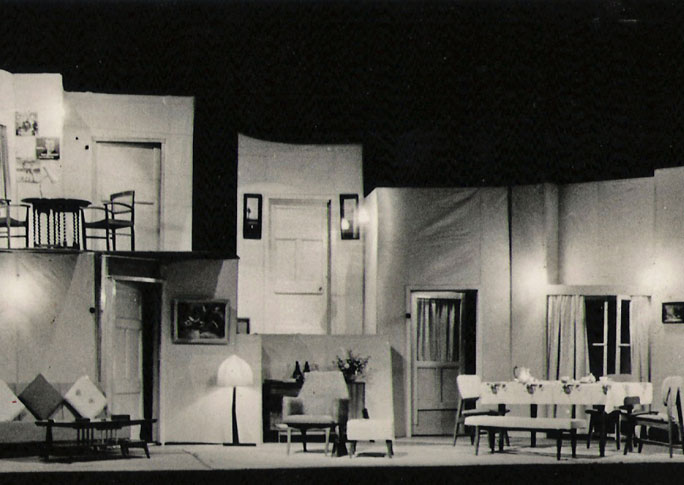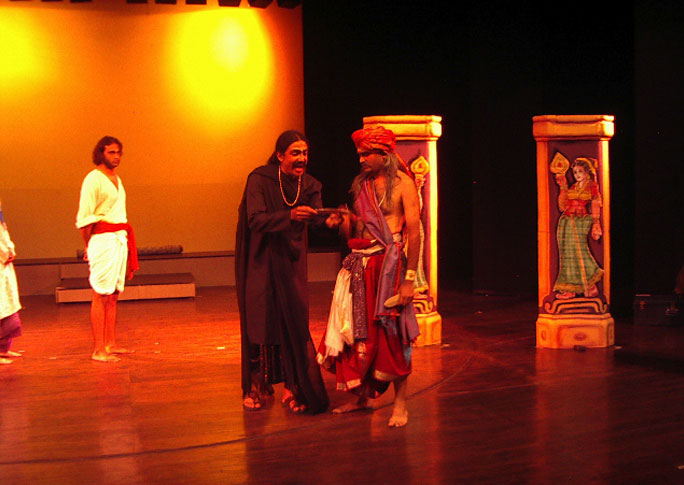How we work
BLT got going in 1960 as a membership organisation. It functioned with an amateur, non-commercial status. There was no income for any member from any of the group’s activities. These features gave BLT a good part of the character it maintained over many years. It was theatre for the love of the theatre, and the love of the theatre held it together as a large, happy family.
The conduct of affairs was always professional, with best practices in organisation and management brought into all that the group did. Way back in 1962, in one of the earliest discussions on the future of the group, we saw that there were three “poisons” that were responsible for the death of theatre groups world-wide: star complexes, non-transparency in finance and accounts and personality-centric organisation and management.
Many years later, when BLT took up the strategic planning exercise in 2005, we discovered an interesting statistic: the average life of a start-up theatre group is …. 5 to 8 years!

Membership
Managing a membership organisation—especially one with an amateur, non-commercial status—is far more difficult than managing a “company”. The membership can too easily be seen inadequate quality. And as a burden to be carried.
Times have changed
There is no doubt whatsoever that times have changed. Doing theatre today is not what it used to be even ten years ago : There are more groups doing theatre, loyalty to the group sounds old fashioned, production costs keep getting higher, sponsorships keep getting scarcer, rehearsal scheduling is a nightmare, people spend hours commuting to and from work, people work late hours. And so on and so forth. A lot has been said about this, and we hear it all the time. Under these conditions it may be natural for a director and the production team to be so preoccupied that the membership is forgotten. How does the membership see it then? It is not our production anymore, but theirs. In changed times, we may have to change methods to ensure membership involvement. But involve them we must. Two other interesting findings during the strategic planning process:
The amateur status has no correlation with quality. You can be “professional” and deliver poor quality, and you can be “amateur” and deliver high quality.
There is a need to distinguish the non-profit status from the amateur status. In India there is a practical necessity to combine a non-profit status with a thoroughly professional manner of working.


